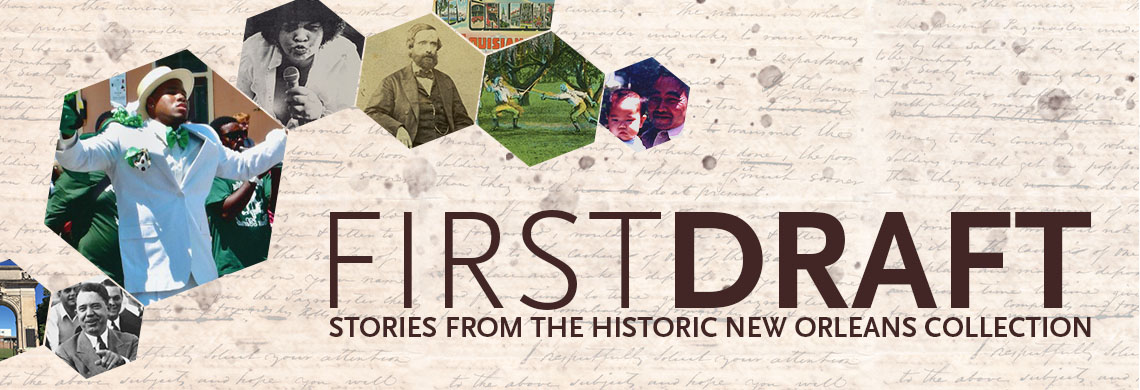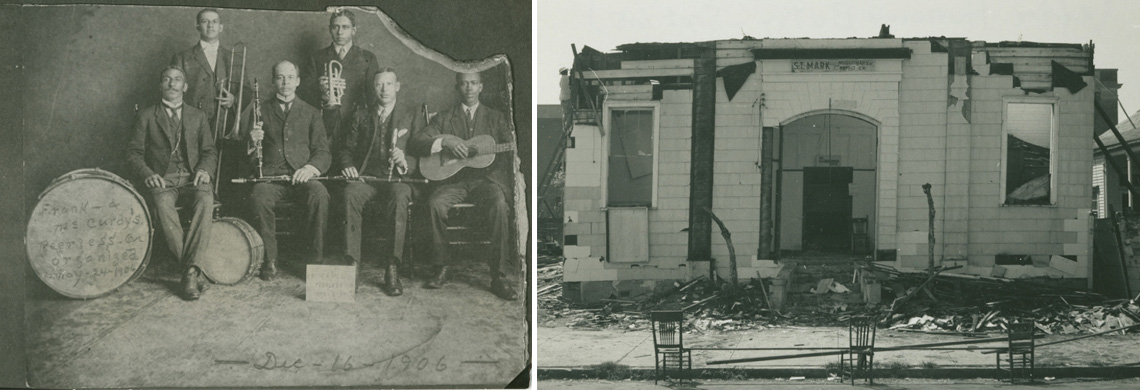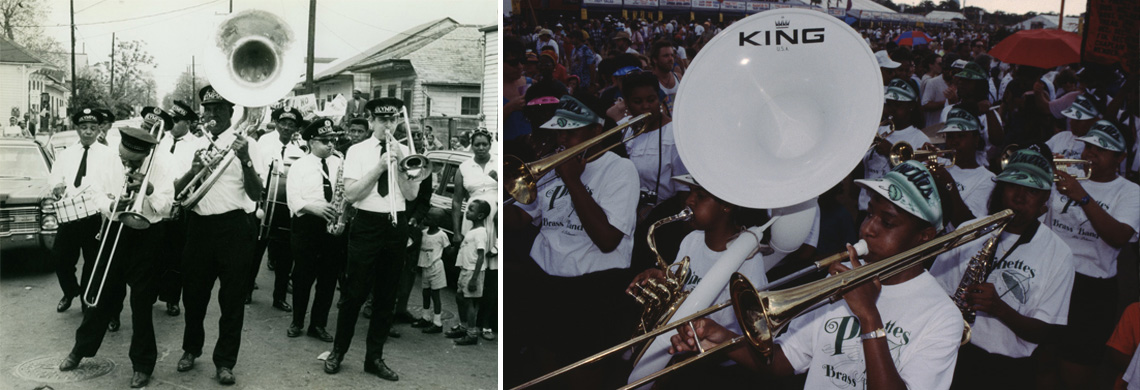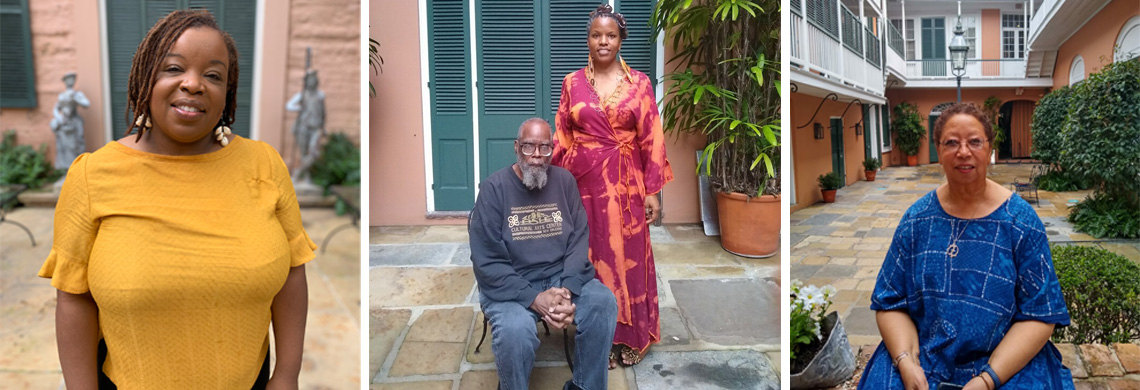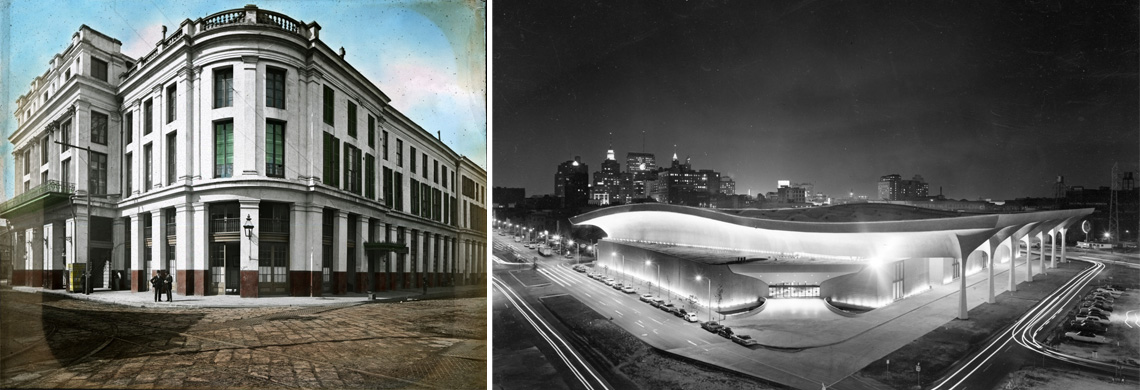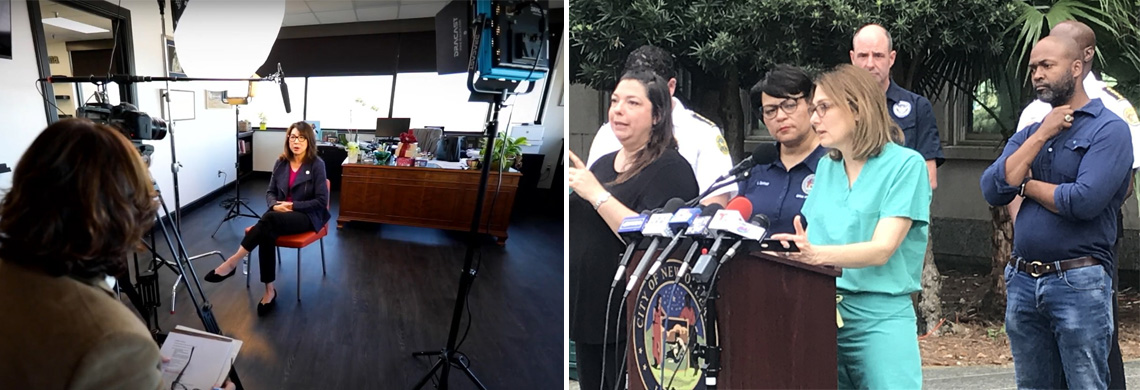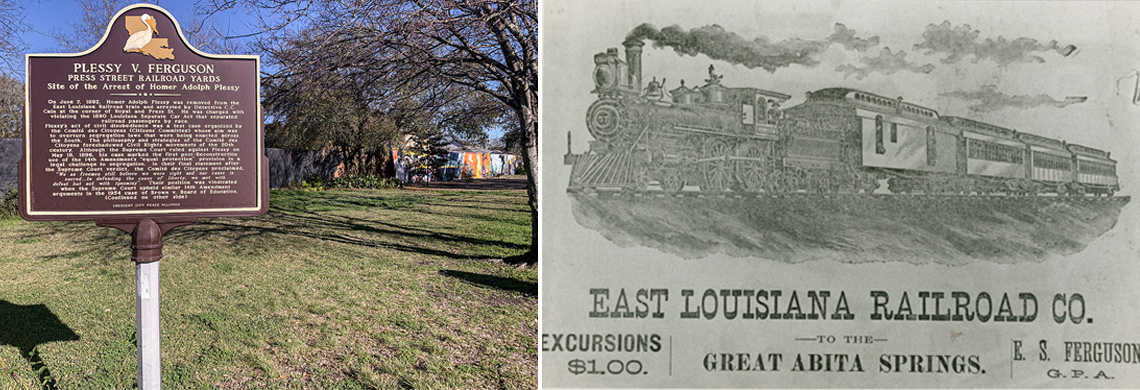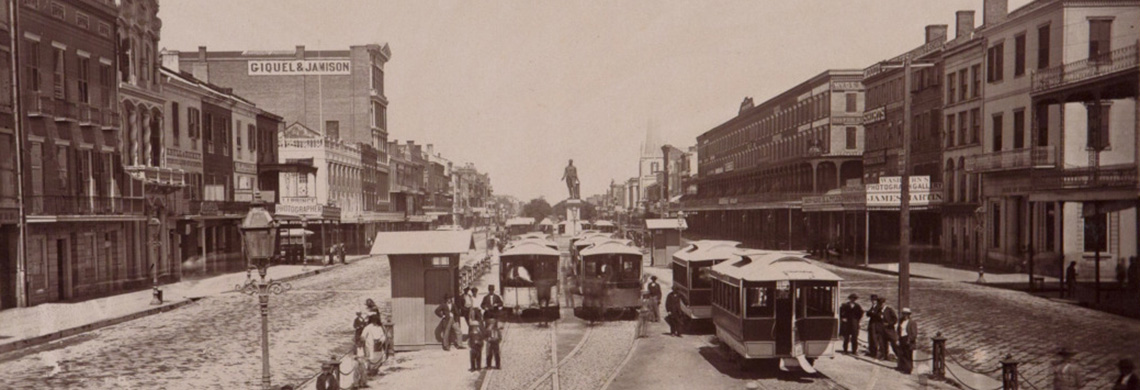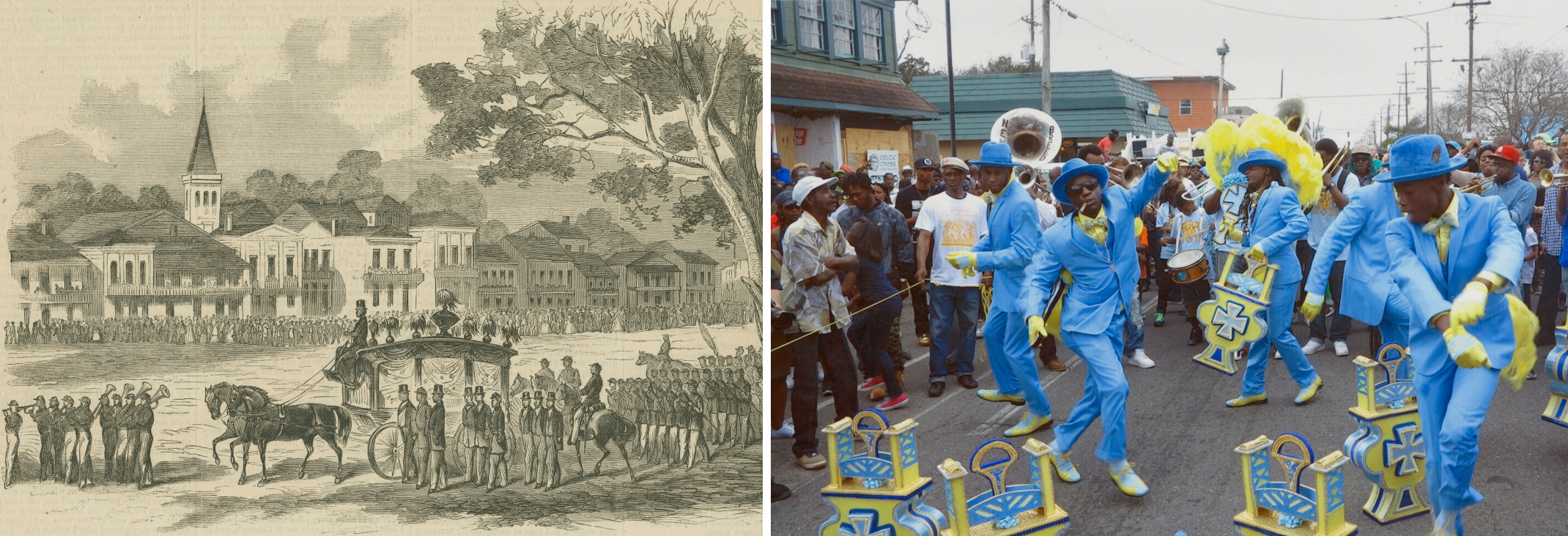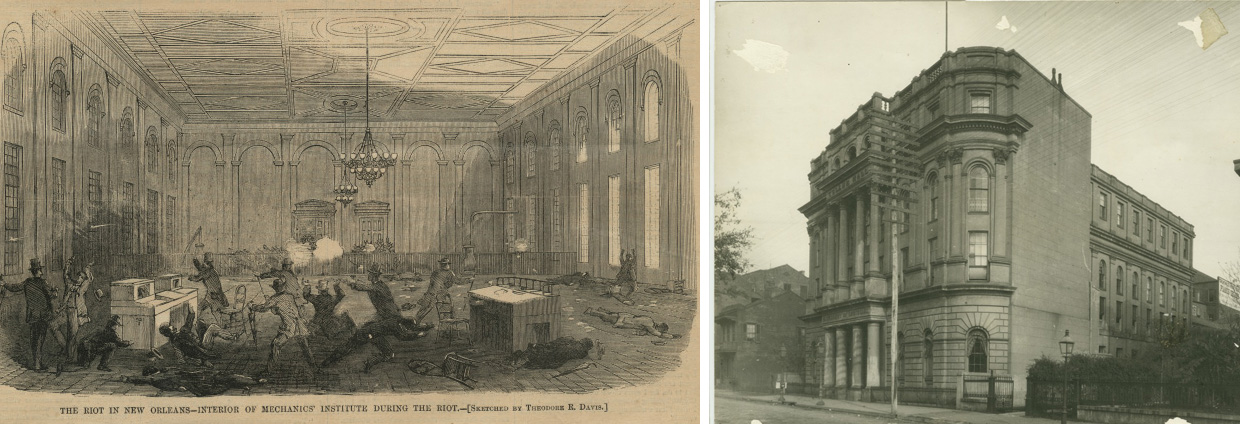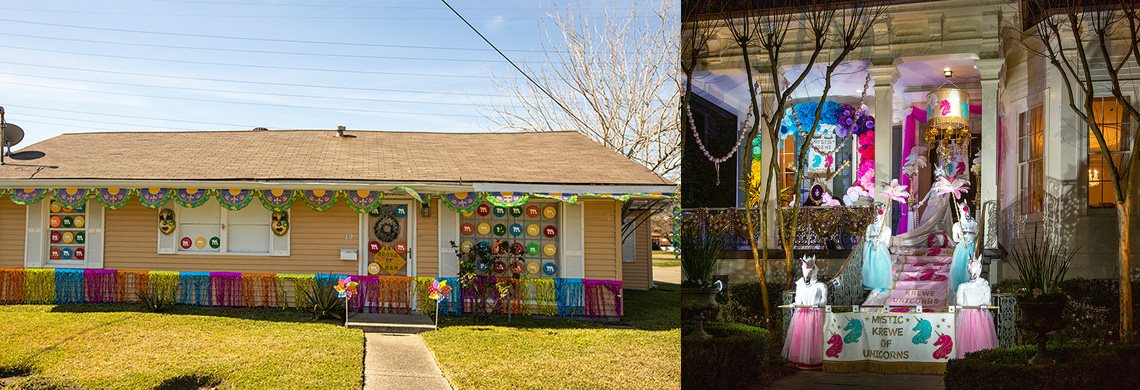Untold thousands have gathered under the Economy Hall tent at the New Orleans Jazz and Heritage Festival to hear traditional local music, but how many have known the history behind the name?
In four videos, we chart the evolution if New Orleans brass bands from their Civil War–era origins up to the modern day.
In a series of new videos, New Orleans poets craft 21st-century responses to 19th-century poems.
These 16 structures were once landmarks to the citizens of New Orleans Some recently demolished, and some long gone; some that stood for more than a century, and others that lasted just decades.
The first case of COVID-19 in Louisiana was diagnosed on March 9, 2020. As part of its efforts to record this transformative period in our region's history, THNOC is sharing the personal stories of three local leaders from the frontline.
By appealing to the highest court in the land, the men behind Plessy v. Ferguson sought to halt the rolling back of major civil rights gains Black people achieved during Reconstruction. Their defeat in 1896 marked the end of an era of radical Black activism in New Orleans that began with the Civil War.
The streetcar protest of 1867 is one of the few cases in which African Americans during Reconstruction successfully voiced their dissatisfaction to government officials in the South.
After the Civil War, benevolent associations flourished in New Orleans's Black community, and so did their impact on life in the city.
Three new books from THNOC give different viewpoints of the infamous Mechanics' Institute massacre.
COVID-19 may have canceled parades for 2021, but it couldn't erase Mardi Gras entirely. Creativity flourished around the Crescent City in the form of a new tradition: house floats.

